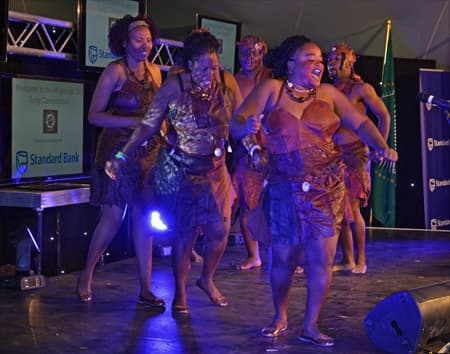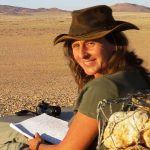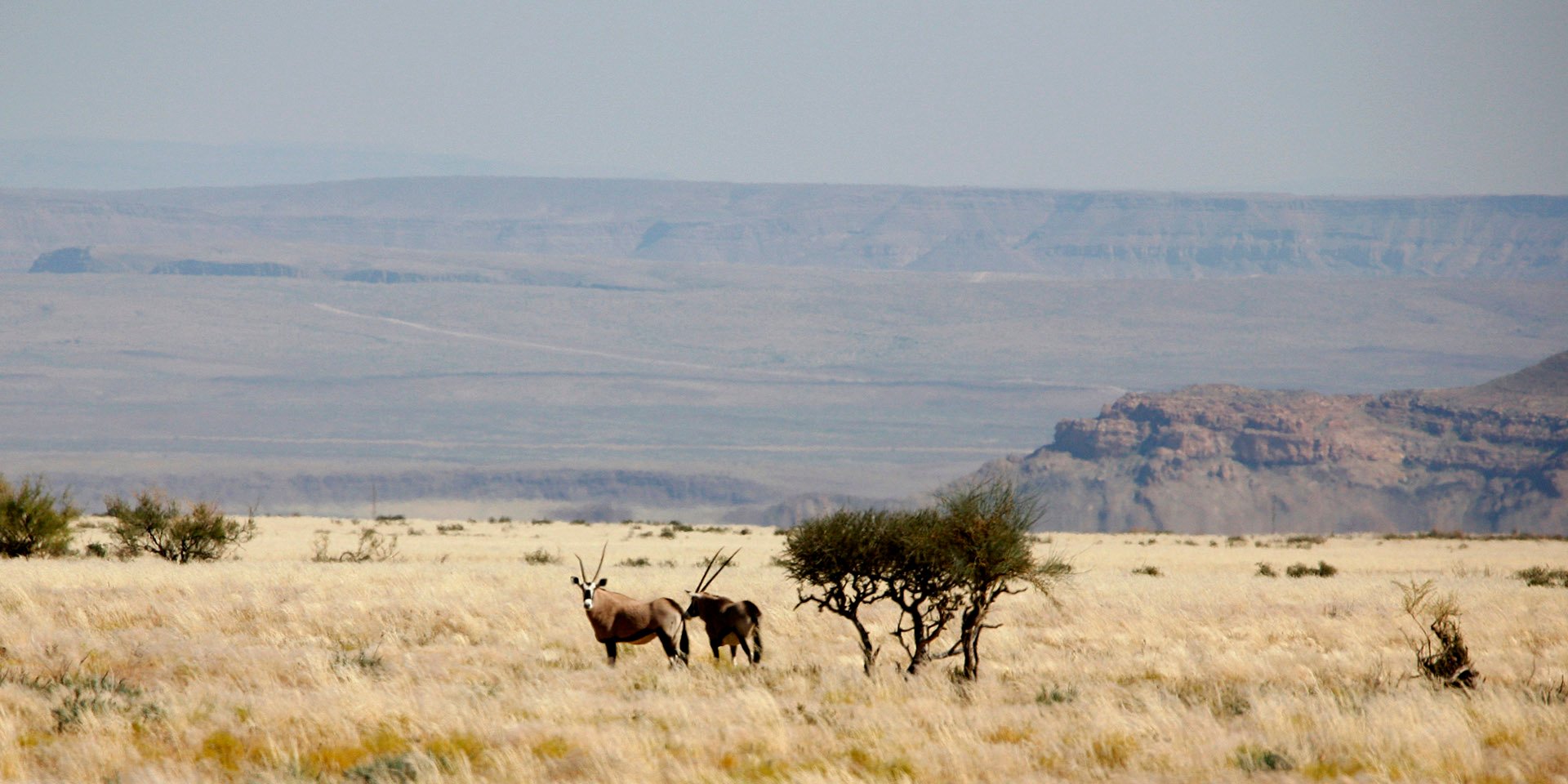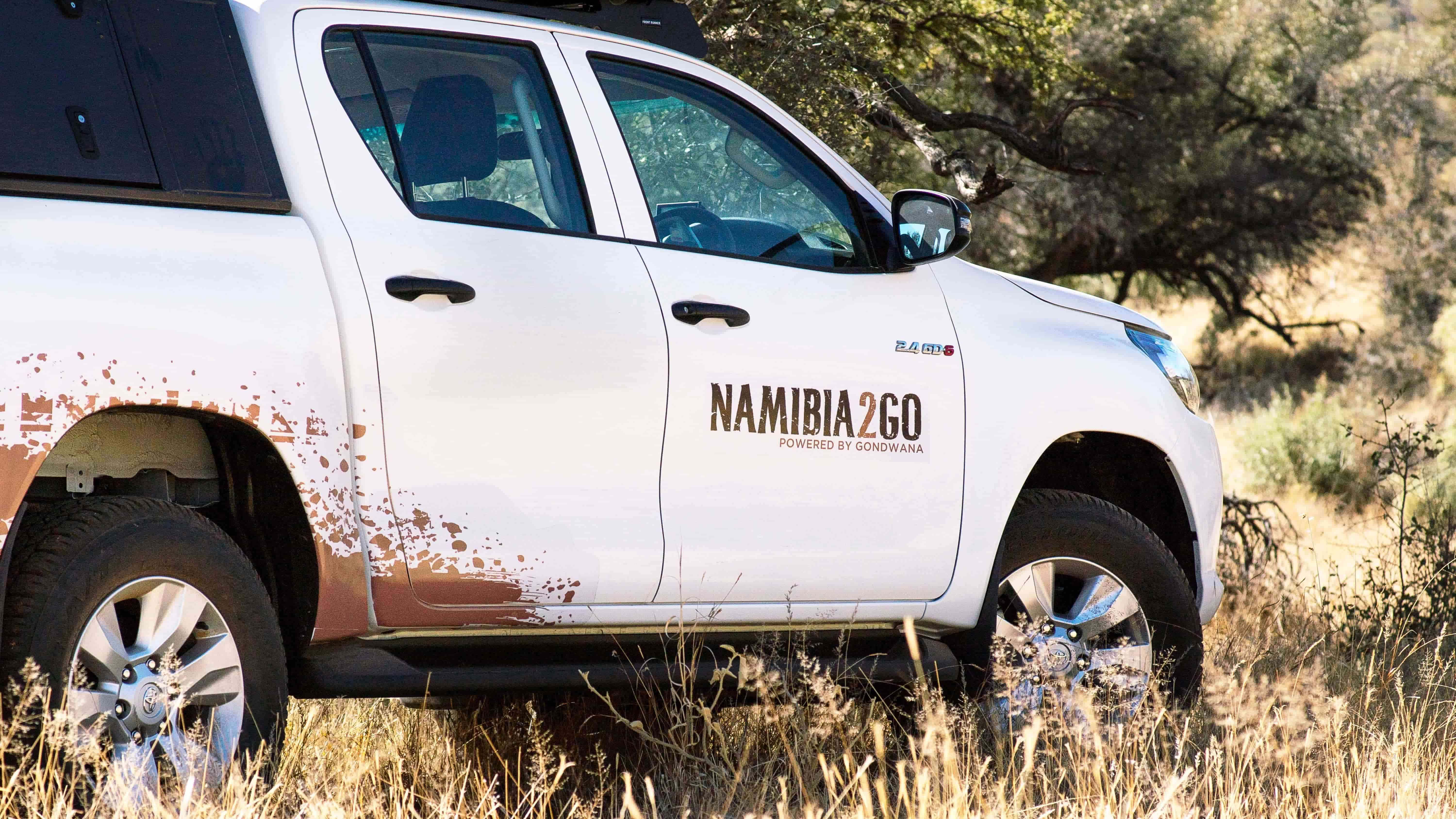After Swakop, it was back to Windhoek to overload the washing machine and most importantly to visit the annual Namibia Tourism Expo. It’s that much-anticipated time of year when the tourist industry dons all its finery, showcasing its products and services. For four days the Windhoek showgrounds are transformed, Cinderella-like, as the seven halls (and an outside area) fill up, a bevy of beauties (ie. 4x4s) is driven in for the motor show, food stalls are set up and an events tent is erected.
This year was no different and visitors arrived to see what the country is offering, view new products being launched, network, enter competitions for weekends away, watch cooking demonstrations, compete for best chef or choir, sample the fare and sip the various kinds of drink on offer.
The 14th annual expo has been fine-tuned and polished, and although relatively small compared to international fairs (given that the entire Namibian population is only about 2.3 million), it holds authentic Namibian essence. Stands range from catering supplies to organic produce and everything in-between. ‘Local is lekker’ and Namibian products include Hartlief’s meat and Namibia Breweries’ beer, karakul rug-weaving, Piet’s biltong, Devil’s Claw tea (for arthritic conditions) and a new line of beauty products imbued with the aromatic commiphora resin favoured for centuries by the strikingly beautiful Himba women in the north-western region of the country.
Highpoints of the show included the Conservation stand where the success of the conservancy programme was highlighted. Namibia has made conservation history with the community conservancy programme, which enables communities to form conservancies and to sustainably manage their wildlife and resources. Realising the value of wildlife as a natural resource and as a tourist drawcard, members ensured that poaching became protection. The first conservancies were gazetted in 1998 and today there are 79 countrywide. Namibia is also proud to say that an impressive 43% of its land is under conservation management.
The most fun, however, was to be had at the Gondwana stand that had been converted into a colourful padstal (farmstall) with windmill and wheelbarrow, ‘die lekkerste half bellegde rolls’ and two bands bopping away. The Etosha Boys vied with Desmond and Pietie Breedt until they joined-up and serenaded in unison. Gondwana also invited expo-visitors to choose the most original farm-name from the colourful photographs lining the stand, the winner to receive 103 free bed-nights at their lodges, a generous (and much coveted) prize. Amongst the names were Tranendal (Tear valley), Weltevrede (At peace), Plaas Japie, Dankbaar (Thankful) and Dis nou vergenoeg (It’s now far enough).
The Friday was sedate while Windhoek residents were at work, but as the sun dipped in the sky (and the temperature dropped), throngs of people arrived and the spirit rose. The choirs from joint-venture destinations (ie. conservancies with established lodges) took to the stage in the events tent with hip-swishing and foot-stamping, music played through the speakers and the smell of spit-braai and boerewors wafted through the lanes and down to the motor show, enticing all.
Ron Swilling is a freelance writer, based in Cape Town, writing for Namibian and South African publications. She is a regular contributor to Gondwana’s History and Stamps&Stories columns and documented the information on the Wild Horses in the Namib Desert for Mannfred Goldbeck and Telané Greyling. She invites you to ‘Follow her footsteps’ on her journey from the Orange River, exploring the Gondwana routes through the intriguing country of Namibia.







SUBMIT YOUR COMMENT